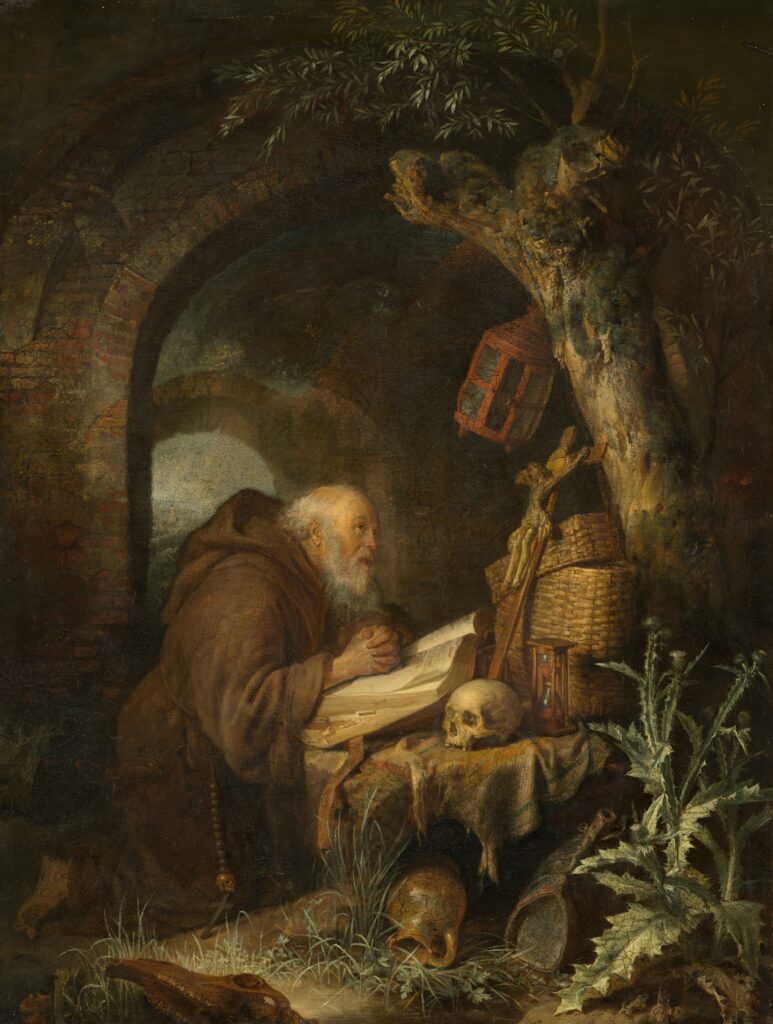Discussion questions, museum recommendations, and other reader resources for The Tsarina’s Lost Treasure. Can’t find what you’re looking for? Let us know.
Book Club Discussion Questions
Are you reading The Tsarina’s Lost Treasure with a book club? Liven up your book club discussion with these questions about all aspects of the book.
- Why was Gerrit Dou so revered in the 17th and 18th centuries, and then largely forgotten in the 19th century? What was the role of individual critics and scholars, versus changing tastes of the public? Would his legacy be different if his masterwork had survived the shipwreck? Can Dou make a true comeback in the 21st century, considering his very realist style?
- What makes Dou’s triptych, The Nursery, so special? Does the symbolism of the objects in the painting enhance the quality of the artwork? More broadly, what criteria do we use to judge art and how has this changed over time?
- One of the recurring themes in The Tsarina’s Lost Treasure is the interplay between politics and art. What are some ways that art and culture influenced politics (and vice versa), particularly during the 18th and 19th centuries? What made a ruler like Catherine or Frederick the Great “enlightened” and what did it mean for the politics of their countries?
- Why were art critics and others upset when Gerrit Braamcamp’s collection was broken up and sold to buyers across Europe? Why do you think Braamcamp specified that everything should be auctioned to the highest bidder? Do societies have an obligation to protect such things as a part of their national heritage?
- Why is Rauno so successful as a wreck hunter? How is his strategy for finding the Vrouw Maria different from others who had tried before him?
- Why does conflict arise between Rauno and the Finnish National Board of Antiquities (NBA) when it seems that they should share the same interests? Was the lawsuit over the Vrouw Maria inevitable, considering the contradictory laws?
- Considering the many claimants to the Vrouw Maria and her cargo, whose claim do you think has the most legitimacy (logically, not necessarily legally)? Whoever the legitimate claimant is, do they have any obligation to the other parties? What is it — to protect, study, salvage, or otherwise act on the shipwreck? Why is the NBA so resistant to excavating or salvaging the Vrouw Maria, or even exploring the possibility?
- Why do you think is in situ preservation trending in archeology in general and in marine archeology in particular? What are the challenges that come with raising shipwrecks? What would be the benefits of raising the Vrouw Maria? How could Finland best make use of this resource?
- The Vrouw Maria is a Dutch ship that had a Danish captain, carrying Dutch and other international cargo to a Russian destination. It happened to sink in Finnish waters. Is this shipwreck part of Finnish heritage? Is this question relevant to the fate of the shipwreck? Should it be?
- Evidence and art experts suggest it is unlikely that the triptych and the other paintings are in good condition after spending 200-plus years underwater. Does this influence whether they should be investigated and/or excavated? As a society, do we have a moral or cultural obligation to investigate? And if they are destroyed, do they still have some value – monetary or otherwise?
- Have you ever been to a shipwreck museum? Visited ancient ruins? Admired archeological artifacts in a broken or even unrecognizable state? What is the appeal of such relics that are arguably just detritus? Why are we intrigued by wrecks and ruins?
Where to see a Gerrit Dou Painting
Now that you have read The Tsarina’s Lost Treasure, it’s no wonder you want to see a Gerrit Dou painting in person. Here is our guide to museums in the US that have a piece by the master fijnschilder on display.
Brooklyn Museum
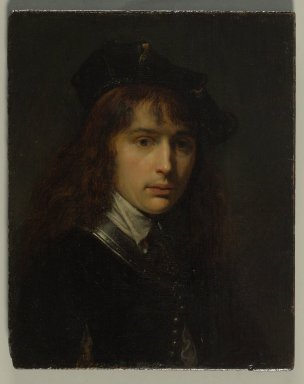
The Brooklyn Museum discovered this painting “languishing in storage” and identified it as a Dou self-portrait in 2011. The artist was 18 years old when he painted it.
The Getty
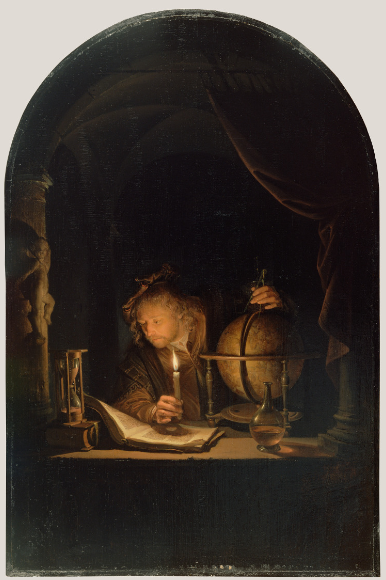
Astronomer by Candlelight, at The Getty, is quintessential Dou, showing the scientist at work at his desk, framed by an arched portico. The artist employs super fine brush work to depict details such as the astronomer’s strands of hair and the folds of his cloak.
Kimbell Art Museum
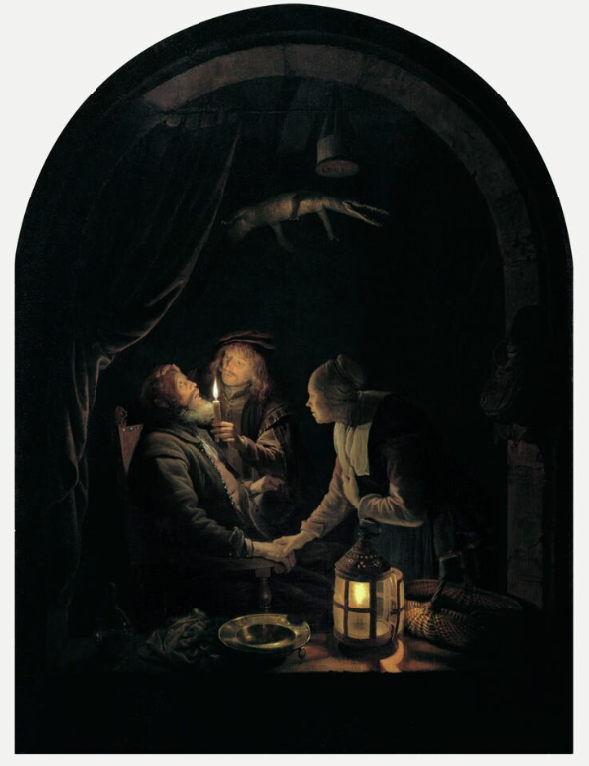
At the Kimbell Art Museum in Fort Worth, Dentist by Candlelight is a perfect example of a genre painting (one depicting everyday people doing everyday things). To amuse the viewer (and himself), Dou has the open mouth of the patient mimicking the open mouth of the sharp-toothed crocodile suspended above. In typical Dou fashion, the scene has a built-in frame, in this case a curtain draped in the corner.
The Met
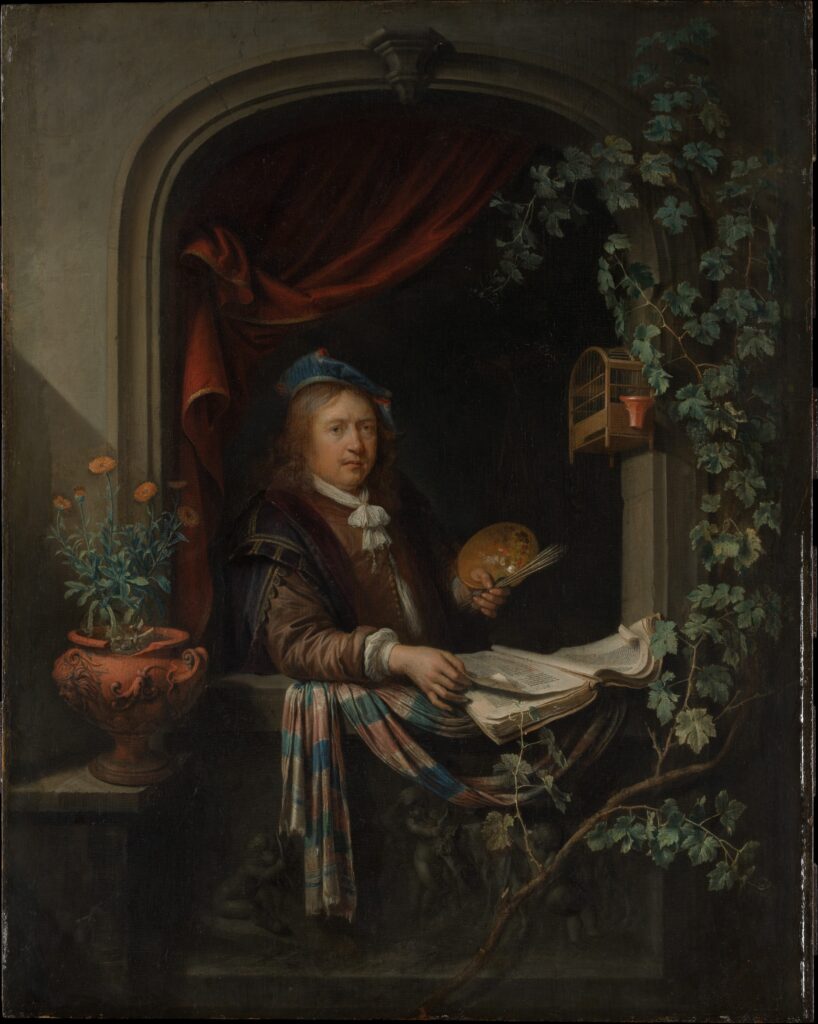
At the Met you can see another one of Dou’s many self-portraits (1665). He painted this one much later in his career, and he proudly displays the tools of his trade. Note the window that frames the subject, as well as the ultra realistic pages of the book and folds of the fabric.
Museum of Fine Arts, Boston
The lovable Sleeping Dog was part of a massive gift by Rose-Marie and Eijk van Otterloo and Susan and Matthew Weatherbie, which enabled the MFA to establish a new Center for Netherlandish Art (supposed to open in 2020). Typical of Dou, the painting is small but so realistic that you want to reach out at stroke the mutt.
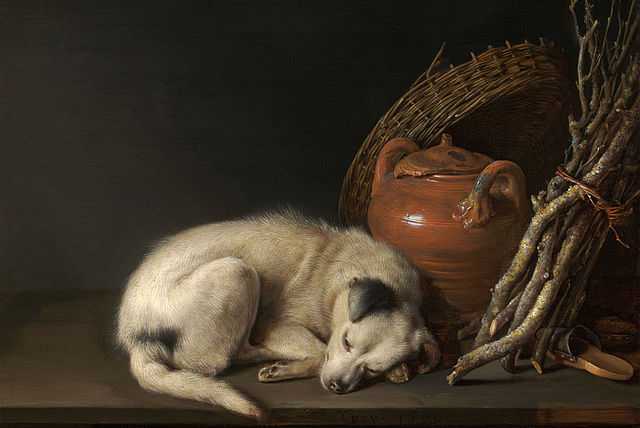
National Gallery of Art
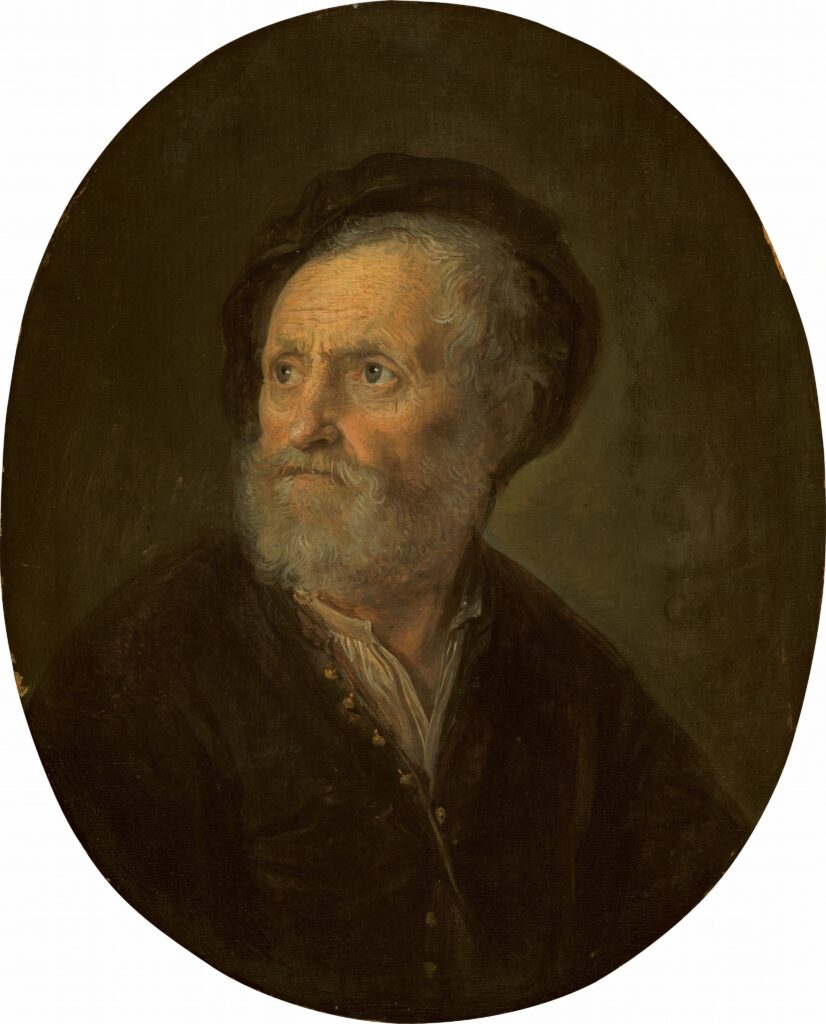
The National Gallery shows off its small-scale Dutch and Flemish paintings in the intimate cabinet galleries. This is where you can see the “tronie”, Bust of a Bearded Man. Popular in the Dutch Golden Age, a tronie is a facial painting which depicted an anonymous, expressive character (as opposed to a portrait, which was a straight representation of a known person).
Also on display in the Dutch cabinet gallery, The Hermit is one of Dou’s later works. The painting is laden with symbolism, with the skull, the hourglass, and the extinguished lantern all reminders of our mortality.
